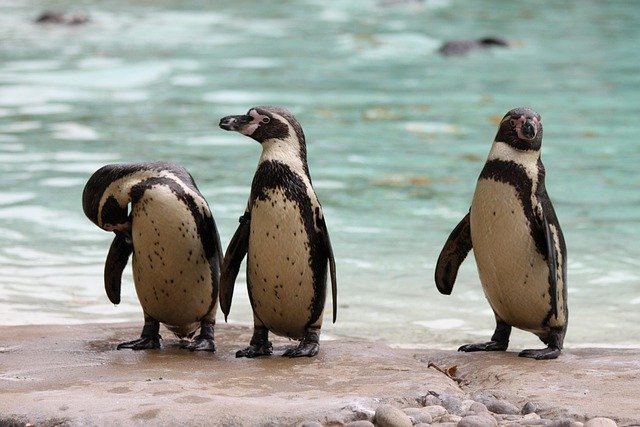**Title: "The Social Dynamics of Penguin Colonies: Understanding Communication and Cooperation"** **Overview

The Social Dynamics of Penguin Colonies: Understanding Communication and Cooperation
Penguins are fascinating creatures, not just for their unique appearance and adaptability to harsh environments, but also for their intricate social structures and behaviors. In this post, we will delve into the social dynamics of penguin colonies, exploring how these remarkable birds communicate and cooperate to thrive in their often challenging habitats.
Introduction
Penguins are highly social animals that live in colonies, sometimes consisting of thousands of individuals. Their social interactions are crucial for survival, influencing everything from breeding success to foraging efficiency. Understanding these dynamics can provide valuable insights into their behavior and ecology.
Communication in Penguin Colonies
Vocalizations
Penguins are known for their diverse range of vocalizations. Each species has its own distinct calls, which serve various purposes:
- Mating Calls: During the breeding season, males and females use specific calls to attract mates and strengthen pair bonds.
- Chick Communication: Parent penguins and their chicks communicate through distinctive sounds, helping to ensure that chicks can recognize their parents in crowded colonies.
Body Language
In addition to vocalizations, penguins use body language to convey messages. For example:
- Posture: A penguin's stance can indicate aggression, submission, or readiness to mate.
- Flipper Movements: Flapping or waving flippers can be a form of social signaling among colony members.
Cooperation in Foraging and Breeding
Foraging Strategies
Penguins often forage cooperatively, which enhances their hunting success. By working together, they can:
- Herd Fish: Some species, like the Gentoo penguin, use group tactics to herd schools of fish, making it easier for individuals to catch their prey.
- Share Information: Penguins communicate about food sources, allowing them to exploit rich feeding areas more effectively.
Breeding and Chick Rearing
Cooperation extends to breeding and chick rearing as well:
- Shared Responsibilities: In many species, both parents share the duties of incubating eggs and feeding chicks, ensuring higher survival rates.
- Colony Defense: Penguins work together to protect their nests from predators, using collective vigilance to deter threats.
Social Hierarchies
Within penguin colonies, social hierarchies can influence behavior and access to resources. Factors such as age, experience, and breeding status can determine an individual’s rank within the group, impacting their foraging success and mating opportunities.
Conclusion
The social dynamics of penguin colonies are a testament to the importance of communication and cooperation in the animal kingdom. By studying these behaviors, researchers can gain a deeper understanding of how social structures influence survival and adaptation in challenging environments. As we continue to explore the complexities of penguin life, we uncover not only the intricacies of their social interactions but also the broader implications for animal behavior and ecology.
This overview highlights the essential aspects of penguin social dynamics, inviting further exploration into their remarkable lives and behaviors.

Upvoted! Thank you for supporting witness @jswit.